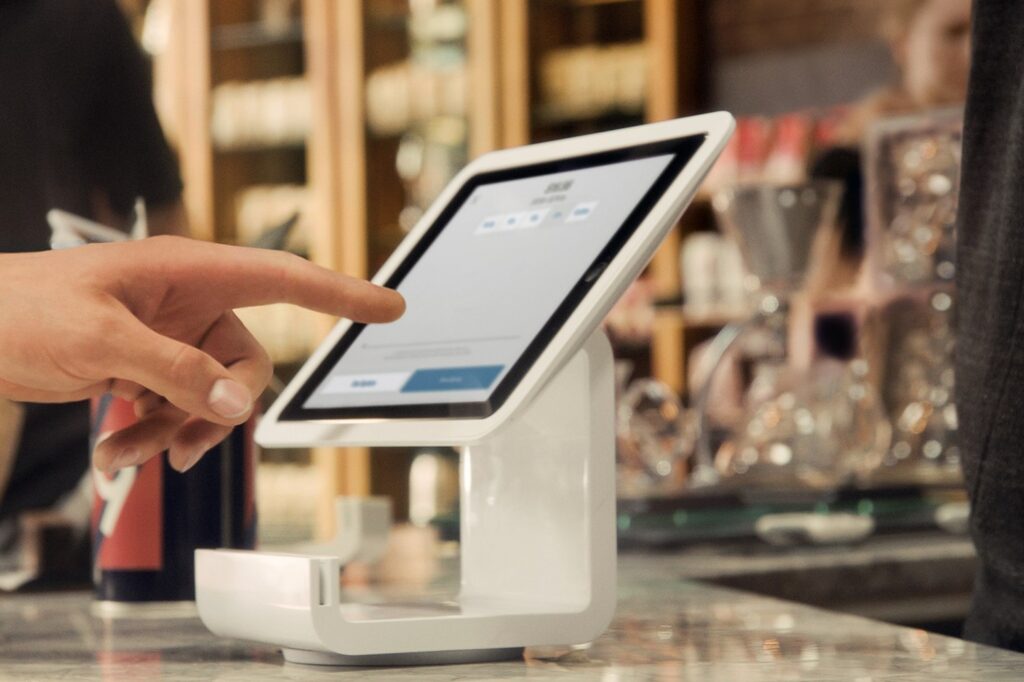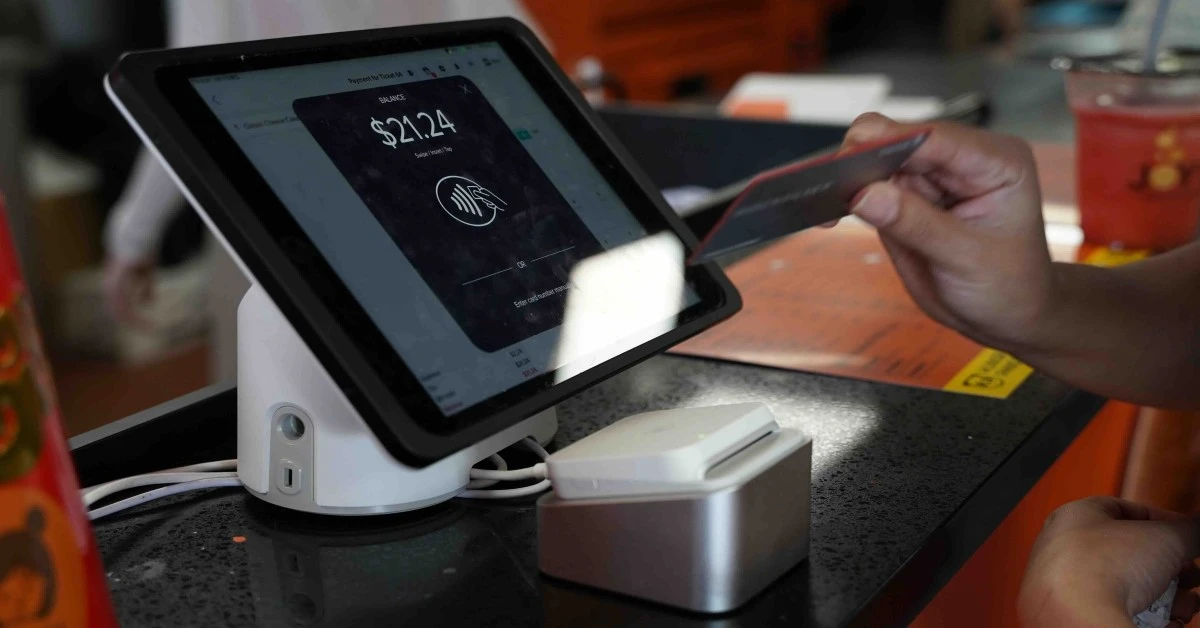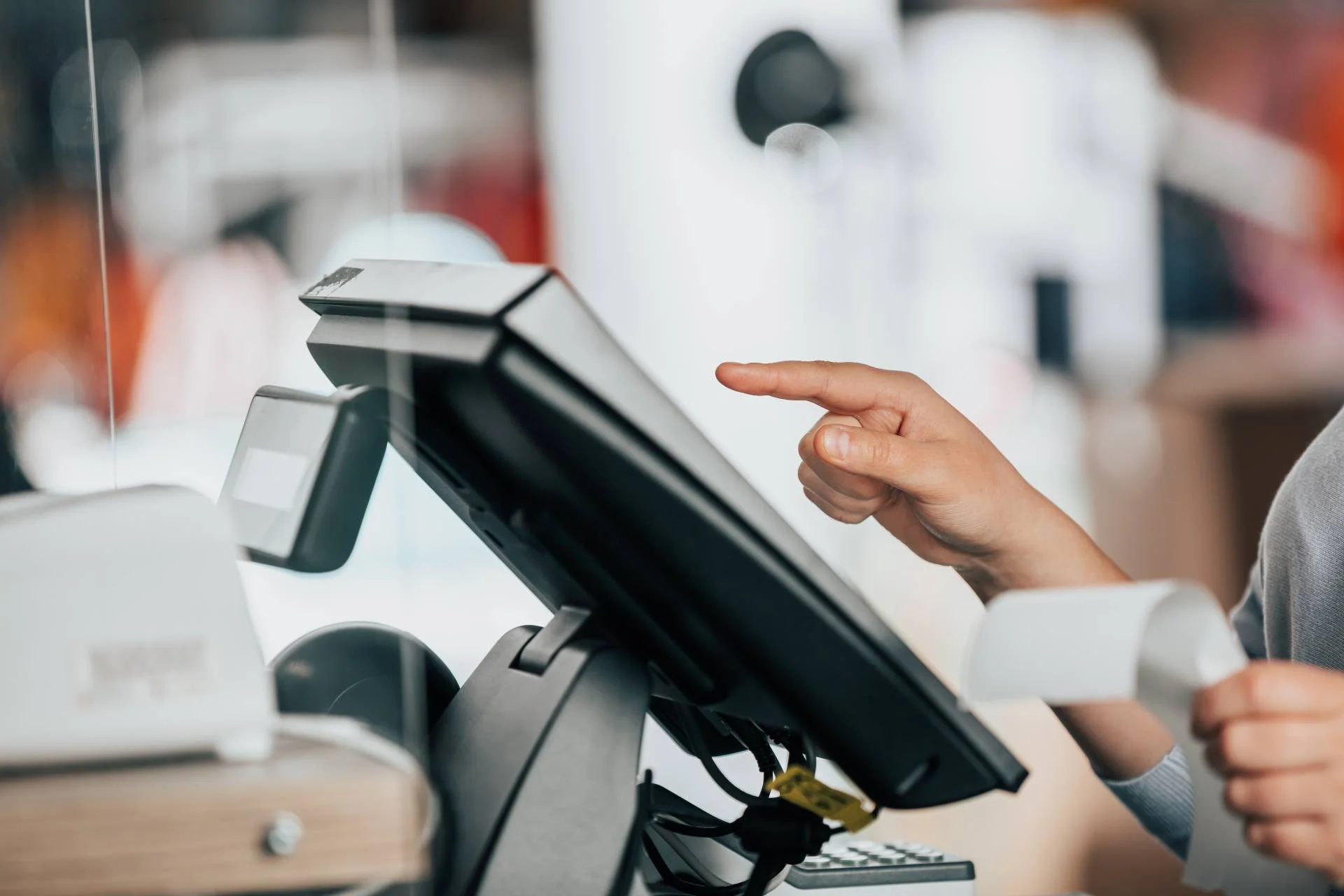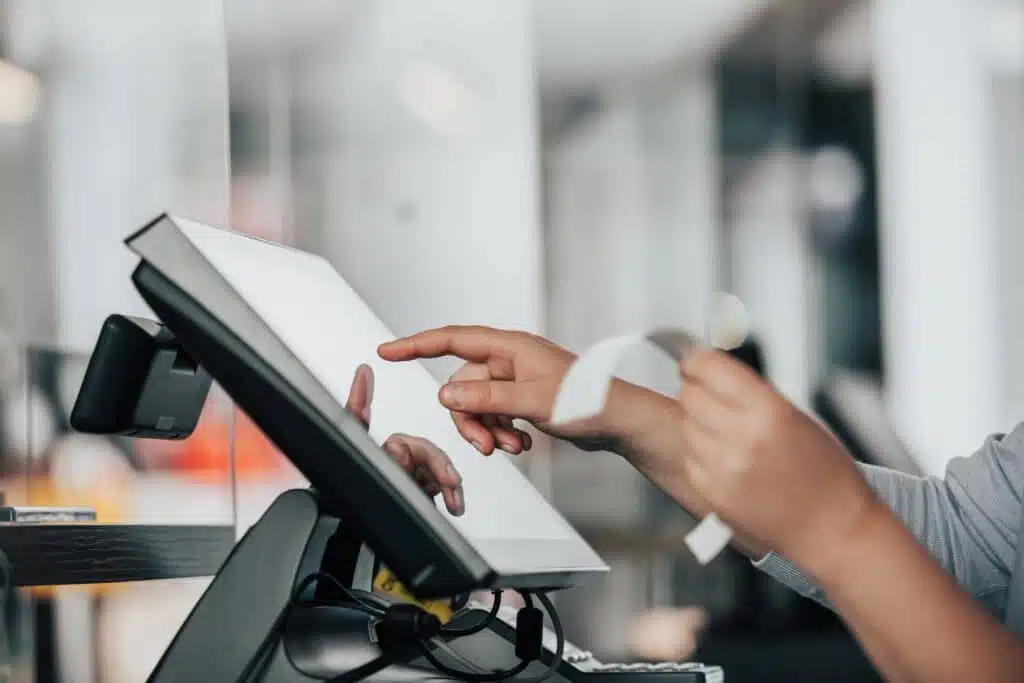Fast Casual POS Systems: What to Expect

The fast casual dining segment—restaurants that blend the speed of fast food with the quality and ambiance of casual dining—has grown rapidly in recent years. These restaurants appeal to busy customers who expect quality food, quick service, and a seamless ordering experience. To keep up with customer expectations and maintain operational efficiency, having a robust and well-suited Point of Sale (POS) system is essential. But what exactly should a fast casual restaurant expect from a POS system?
Here’s a breakdown of the core features and benefits to look for in a fast casual POS system, and why they matter for your business.
1. Speed and Efficiency
Fast casual restaurants thrive on quick service. Whether customers are ordering in-store, online, or via mobile, your POS system must be fast, responsive, and intuitive. Look for a system that allows for:
- One-touch ordering for popular items
- Quick item modifications (e.g., “no mayo,” “add cheese”)
- Fast payment processing, including contactless and mobile options
A delay of even a few seconds per transaction can cause backups during rush hours. Efficient POS systems reduce bottlenecks and keep service moving smoothly, which is critical during peak times like lunch and dinner rushes.
2. Order Accuracy and Modifications
In fast casual settings, customers often want to customize their meals—add or remove ingredients, choose portion sizes, or make dietary substitutions. A strong POS system should allow your team to easily input these modifications without confusion.
A well-designed POS interface should display:
- Visual modifiers
- Allergen information
- Custom instructions
This helps ensure orders are communicated clearly to the kitchen or prep line, improving order accuracy and customer satisfaction.
3. Online Ordering and Delivery Integration
Fast casual restaurants increasingly rely on online orders for takeout and delivery. Your POS system should seamlessly integrate with your website, mobile app, and third-party delivery platforms (like Uber Eats, DoorDash, or Grubhub).
This integration should allow:
- Real-time menu syncing
- Automatic order input into the POS (no manual re-entry)
- Consistent pricing and availability across platforms
Without integration, staff may spend unnecessary time inputting orders manually, leading to errors and slower service.
4. Inventory and Menu Management
In a fast-paced environment, you need up-to-date information on ingredient usage and stock levels. A modern fast casual POS system should include real-time inventory tracking that updates as items are sold.
This helps with:
- Reducing food waste
- Preventing stockouts
- Automating low-stock alerts
Menu management is also easier with a POS system that allows you to add or remove items, create seasonal specials, and adjust prices—all from a central dashboard.
5. Mobile and Kiosk Ordering Options
Self-service is becoming increasingly popular in fast casual restaurants. Some POS systems support customer-facing kiosks or mobile/tablet ordering, which can reduce wait times and improve order accuracy.
Customers can browse the menu, customize their orders, and pay without interacting with a cashier—freeing up staff for other tasks. Mobile POS terminals also allow staff to take orders and payments from anywhere in the restaurant, improving flexibility and reducing lines.
6. Reporting and Analytics
Understanding your restaurant’s performance is critical to growth. A good fast casual POS system provides real-time reports on:
- Sales by item, category, or shift
- Customer purchase trends
- Staff performance
- Peak hours and order volume
These insights help you make smarter decisions around staffing, promotions, and menu development.
7. Loyalty and Marketing Integration
Customer retention is a key success factor in the fast casual industry. Many POS systems come with built-in loyalty programs or integrate easily with third-party CRM tools. Features to look for include:
- Points-based rewards programs
- Personalized promotions based on customer behavior
- Automated email and SMS marketing campaigns
A strong loyalty program not only encourages repeat business but also provides valuable data on customer preferences.
Conclusion
Fast casual restaurants require more than just a basic cash register. The right POS system should support your operations end to end—from fast transactions and order accuracy to inventory control, loyalty programs, and insightful reporting.
When selecting a POS for your fast casual business, focus on speed, customization, integration, and data-driven features. A well-chosen POS system becomes more than a tool—it becomes a competitive advantage, helping you serve customers faster, operate more efficiently, and grow your business with confidence.






